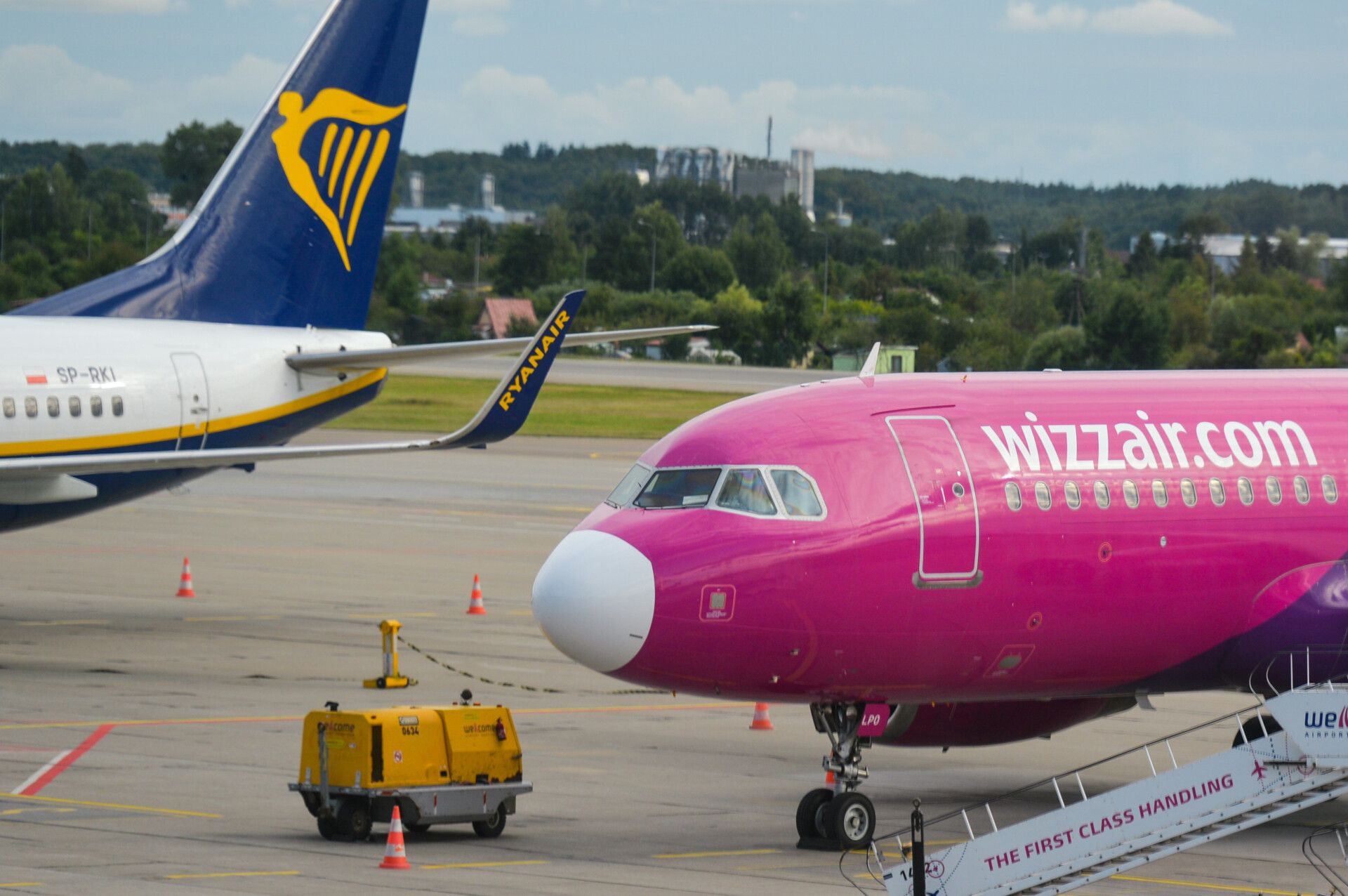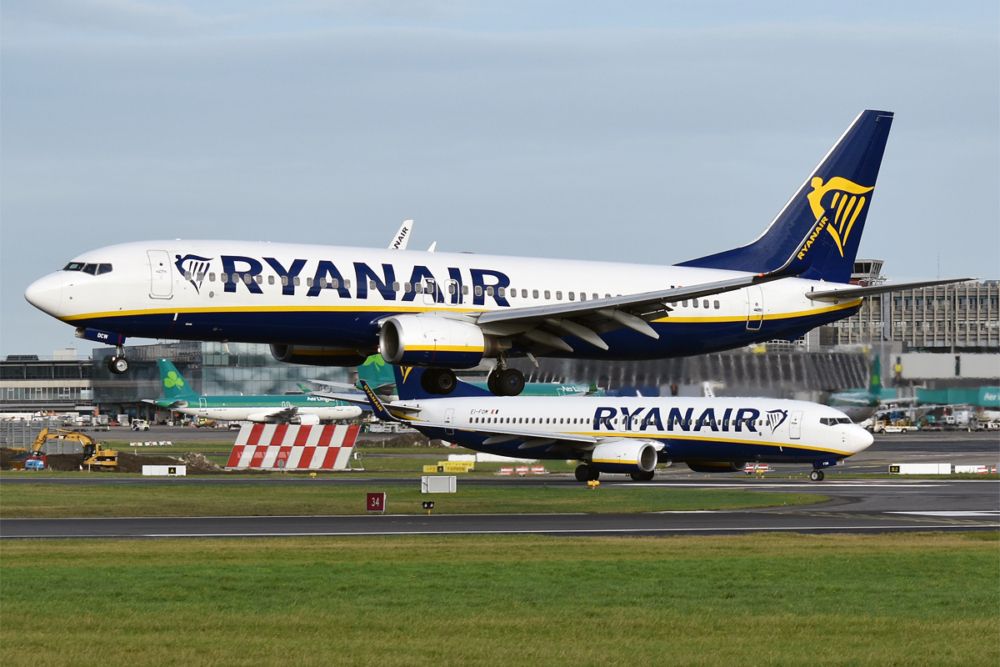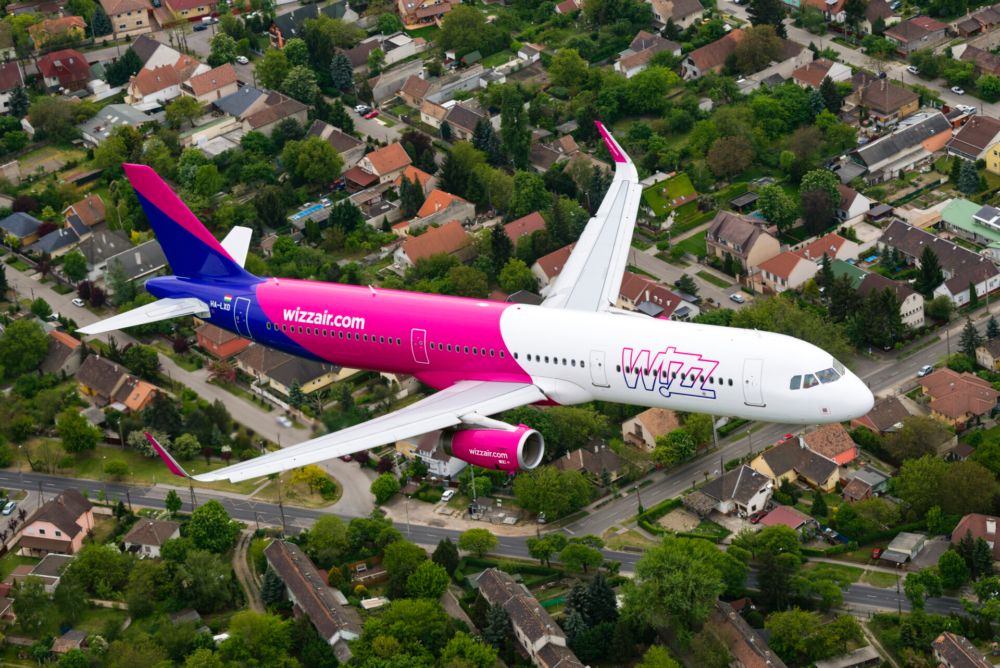Wizz Air recently decided to put growth before profitability to challenge long-reigning European low-cost carrier Ryanair as the industry emerges from the worst part of the crisis. However, it is not just a battle for market share and load-factors between the two. Both of the airlines' CEOs are attempting to up each other when it comes to more sustainable operations - a competitive streak that will benefit everyone.
With its parent company's massive new aircraft order for nearly 200 Airbus aircraft placed at the Dubai Air Show last week, Wizz Air is taking up the competition with Ryanair in terms of fleet size. The Hungarian budget carrier's ambitions for a 500+ plane fleet might not take it past its Irish counterpart's amount of planes. However, there are other areas where Wizz is proving a real challenge to the older low-cost airline.
While customers may benefit from rivalry between airlines when it comes to prices, the entire planet stands to gain from newfound competitiveness over sustainability bragging rights. During the EUROCONTROL Sustainability Summit in Brussels on Monday, Ryanair boss Michael O'Leary and Wizz Air CEO Józef Váradi took turns expounding their respective carriers' environmental virtues.
Younger fleet, less fuel-burn
What is a competition between Wizz and Ryanair is essentially also pitting Airbus against Boeing. Wizz Air operates a fleet exclusively consisting of the A320 family, whereas Ryanair is an all-Boeing 737 operator. As previously mentioned, Wizz has a huge order for what now amounts to 429 Airbus A320neo family aircraft. Meanwhile, Ryanair will have taken delivery of 210 new 737 MAX 8-200 aircraft over the next five years.
"What's key about these aircraft is they offer us 4% more seats, but they burn 16% less fuel. They also reduce our noise emissions by 40%. So these are the key investments. What can we do, not by 2050 but what can we do by 2030 - the reality is all we can do is invest heavily in the new technology or technologies available to us now," Michael O'Leary stated.
Ryanair has committed to becoming plastic-free on board by 2025 and is already 80% of the way there. Furthermore, the airline has set an incredibly ambitious target of using 12,5% SAF in its aircraft by 2030 - although this is a goal O'Leary acknowledges may be difficult to achieve.
Wizz 'the greenest airline', Váradi says
When it comes to emissions per passenger kilometer, Ryanair is currently emitting 66 grams, hoping to reduce it to below 60 by 2030. Meanwhile, Wizz is already operating at lower levels of CO2 per passenger.
"We are the greenest airline - this is a fact of numbers when looking at our emission rates. It was great to hear from Michael O'Leary that he wants to emit sub-60 grams - we are already at 57. It is a pity we have to wait for him to join the club for another nine years. By then, we will be sub-50 because we are targeting 47 grams by 2030," the Wizz CEO commented.
When it comes to SAF, Váradi sees it as an interim solution at best - although says he is committed to using it when it becomes available in the markets where Wizz operates. Decarbonization will happen on the basis of technology, he believes. Váradi also said on Monday his airline has partnered with Airbus on hydrogen to provide an operator experience to the project to best define the next generation technology.
The planet probably does not mind this newly discovered way of competition across the European LCC landscape one little bit.



